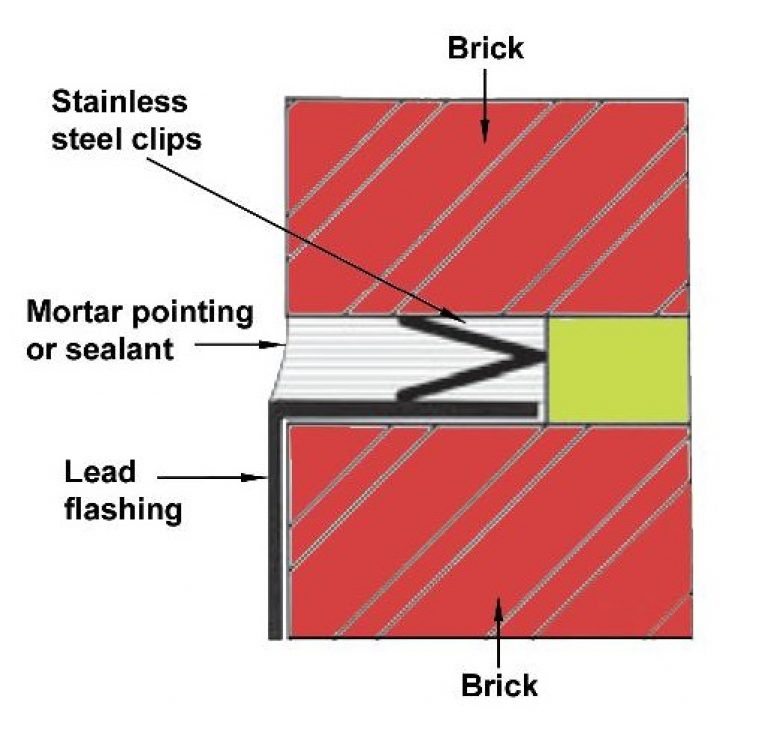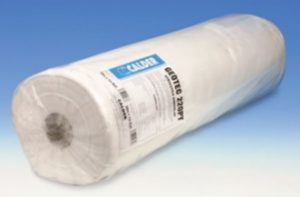What Do You Need To Install Lead Flashing?

Installing lead flashing is important in order to protect your property from damage caused by leaks. Lead flashing works through creating seals on all joints or breaks in the external structure of the house, preventing water or any other liquids leaking through. Most commonly lead flashing is used on roofs to create seals for chimneys and skylights, but it can also be used around windows on the sides of properties.
In this article, we look at what else you might need when installing lead flashing in order to keep your property waterproof.
Building Paper
If you are within the construction industry, you will have most definitely come across building paper. As standard, there are two main types of building paper (BS 1521 and BS 4016 paper) with the requirement of manufacturers to meet the strict building regulations set. These regulations ensure that building paper is fully waterproof and it is commonly used for a range of purposes from the underlay of stone, smooth concrete or other screeded surfaces. The reason building paper is used is because it is resistant to most things and prevents the seeping through of chemicals.
In the case of lead sheeting, building paper is put on the underside of the lead sheet and prevents and corrosion damage to the lead from the free alkali released by drying cement.
Lead Underlay

Another important thing to think about when laying a roof using any type of lead is the ventilation and underlay used. Finding an underlay that is specifically designed for lead roofing can lead to extra years of life added to your roof.
The most important reason why underlay is needed is to create a barrier between the building structure materials and the lead roofing. Ensuring that there is adequate space between the lead and the layer below allows for an adequate amount of airflow in between the different parts of the roofing. The overall purpose of this is that any moisture that forms or enters within this layer is dried and eradicated before it can cause any damage. Build-ups of damp can cause detrimental effects to properties even as far as structural damage or failure.
This underlay will efficiently ventilate the air that travels through and around the roof whilst nullifying any build-up of moisture that may occur. Choosing a good-quality underlay is also important as it can prevent the act of dragging which occurs through thermal energy causing movement in the roofs structure. Underlay which moves along with these movements is a huge positive as it supports the roof in its natural movements without causing any damage.
The final advantage of using lead specific underlay is again due to the barrier it creates between the roof and the property structure. This added layer also acts as padding stopping any corrosive chemicals or moisture from reaching the structural materials of the house. In addition, it also prevents any imperfections from the structure from impeding on the roof, such as exposed nails for example.
Patination Oil
When working with any type of lead on roofs or any other external structures, it is vital that the lead is treated with patination oil to protect the lead. Patination oil provides a protective coat over the lead and prevents the formation of lead carbonate.
Any exposed lead should be treated with patination oil which also makes the lead look more attractive and provides a clean finish. It is also beneficial for the surrounding materials as lead carbonate is known to spill over onto adjacent materials leading to staining.
How to apply patination oil?
Before starting the application process, the user should ensure they are wearing appropriate gloves and that they are operating in a well-ventilated area which is also away from any naked flames. The final safety precaution to take is to ensure that you take care when applying the patination oil when the lead is near UPVC and/or bitumen.
Patination oil should be applied directly after fixing lead and before the lead gets wet. It is very simple to apply and can be down with a soft clean cloth. For best results, you should apply patination oil in straight lines, either vertically or horizontally. You should aim to have an even finish (a recommended 75mm in depth). After doing this you should now have the lead elements of your roof now protected from the elements.








